You Should Know These People_Raymond Loewy
Another in a series of incredible people who should be on your radar.
What’s a designer worth these days?
Apparently around $6 billion.
That’s the reported value of the deal OpenAI struck with Jony Ive.
Ive, of course, is the former visionary designer at Apple. Notable for his eye, hand, and heart on mega-hits including the iPod, the iPhone, and the Apple Watch.
But before there was Jony there was Raymond Loewy.
Loewy was the original rockstar designer. The man behind so many product and brand hits. From soda bottles to presidential airplanes and everything in between. All driven by a philosophy that’s as relevant today as it was in the last century. But more on this in a moment.
Born in Paris in 1893, Loewy immigrated to New York in 1919 with $40 in his pocket and a radical theory about human psychology. While America was churning out functional but ugly products, Loewy discovered something profound: people desperately want progress, but they're terrified of change.
His solution became legendary in design circles. It was referred to as “MAYA.” An acronym that stood for “Most Advanced Yet Acceptable.”
Loewy understood that successful innovation lives in the sweet spot between the familiar and the revolutionary. Push too far beyond what people recognize, and they reject it. Stay too conservative, and nobody cares. MAYA was his secret weapon for transforming entire industries.
"The adult public's taste is not necessarily ready to accept the logical solutions to their requirements if the solution implies too vast a departure from what they have been conditioned into accepting as the norm," Loewy explained. In other words: give them the future, but make it feel like home.
Here are five Loewy designs that proved MAYA's power. (In chronological order):
The Coldspot Refrigerator (1934)
Sears' icebox was purely functional ugliness. Loewy kept the familiar rectangular shape but stripped away Victorian fussiness, added clean lines and a simple horizontal handle. It looked modern but not alien. Sales increased 600% in three years because it felt like the refrigerator people already knew, just better.
The Pennsylvania Railroad GG1 Locomotive (1935)
Instead of designing something completely radical, Loewy took the existing boxy train and simply welded the shell into smooth, flowing lines. It looked like speed incarnate but functioned exactly like every other locomotive. Passengers felt they were riding the future without sacrificing reliability.
The Coca-Cola Contour Bottle (1955 redesign)
Loewy refined the proportions of an already-iconic bottle, making it more elegant without losing its distinctive curves. People got a more beautiful version of something they already loved—pure MAYA in action.
The Studebaker Avanti (1962)
Given just 40 days to save a dying company, Loewy created a fiberglass sports car that looked like it came from the future. Yet he kept familiar car proportions and conventional interior layouts. It was radical enough to grab attention, familiar enough that people could imagine driving it.
Air Force One Livery (1962)
First Lady Jackie Kennedy asked Loewy to replace the dated garish orange and gold presidential aircraft design of the time. His response? Something timeless and unmistakably presidential — a dignified blue and white livery with clean "United States of America" lettering. It looked exactly like what people thought a presidential plane should look like, not some wild departure. And it’s remained modern all these years later. A shame there are plans to replace the design.
Oh and here’s a “Lucky Strike extra” — literally.
Lucky Strike Logo + Packaging (1940)
Loewy hit the bull’s-eye with a bull's-eye logo on white not green. His design for the “Toasted” cigarette brand (made relevant again on Mad Men) was way more clean and modern that the original brand’s drab look.
Now, while all you see here and all that in his portfolio was created in the 20th Century, so much of it remains fresh today. Especially his MAYA philosophy.
Fact is, we're drowning in a tsunami of innovation that ignores human psychology. Indeed, every week seemingly brings breakthrough AI tools, revolutionary apps, and transformative technologies that fade into the bushes like a Homer Simpson meme because they're too advanced for mass acceptance.
Loewy proved that the most successful innovations don't just solve problems, they are solutions people can immediately understand and adopt. In our rush to build the next big thing, we forget that acceptance, not invention, determines success.
So whether you're launching a startup, designing products, or just trying to sell ideas at work, remember Loewy’s MAYA; it’s a way to give people tomorrow, but let them arrive there today.




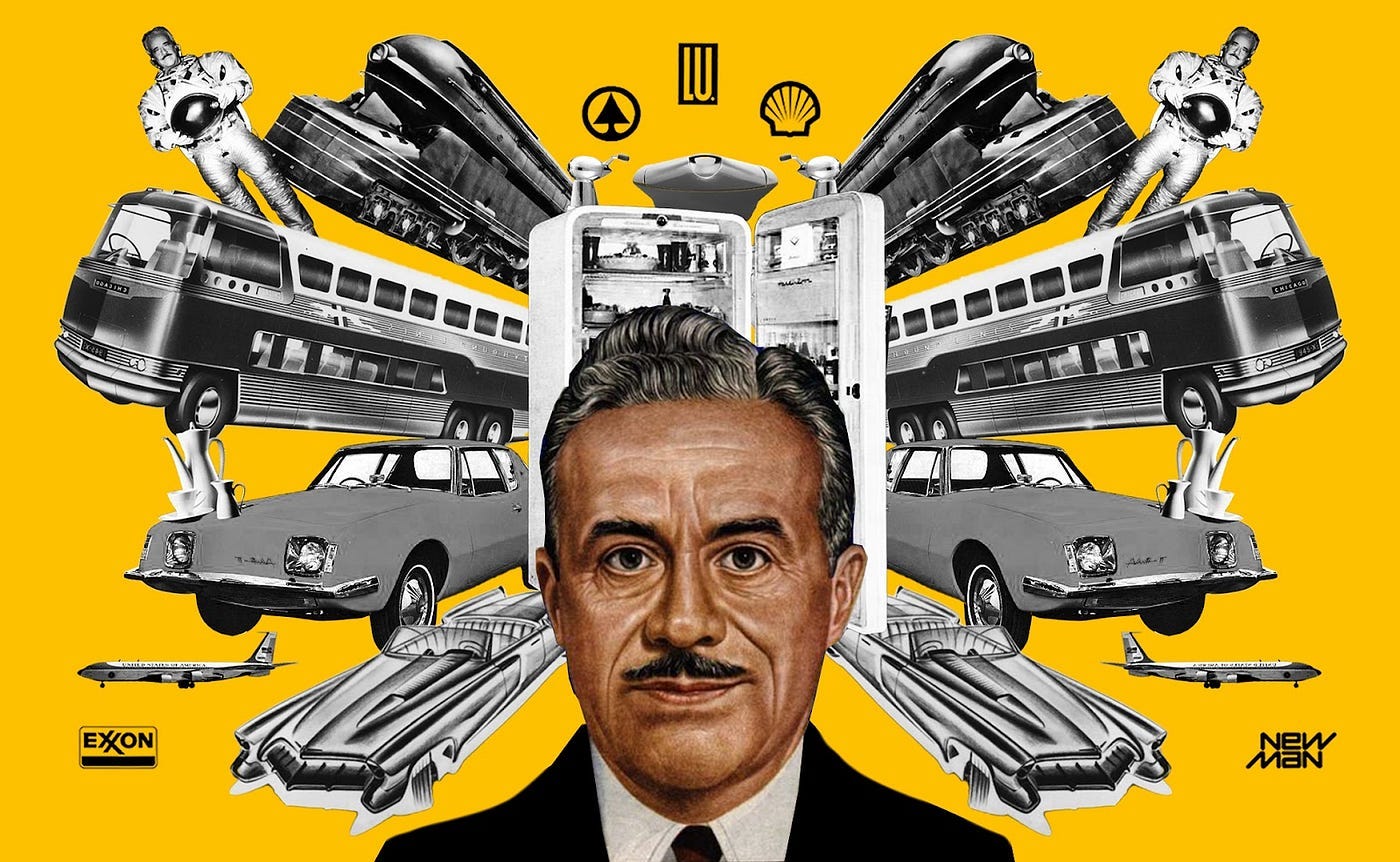

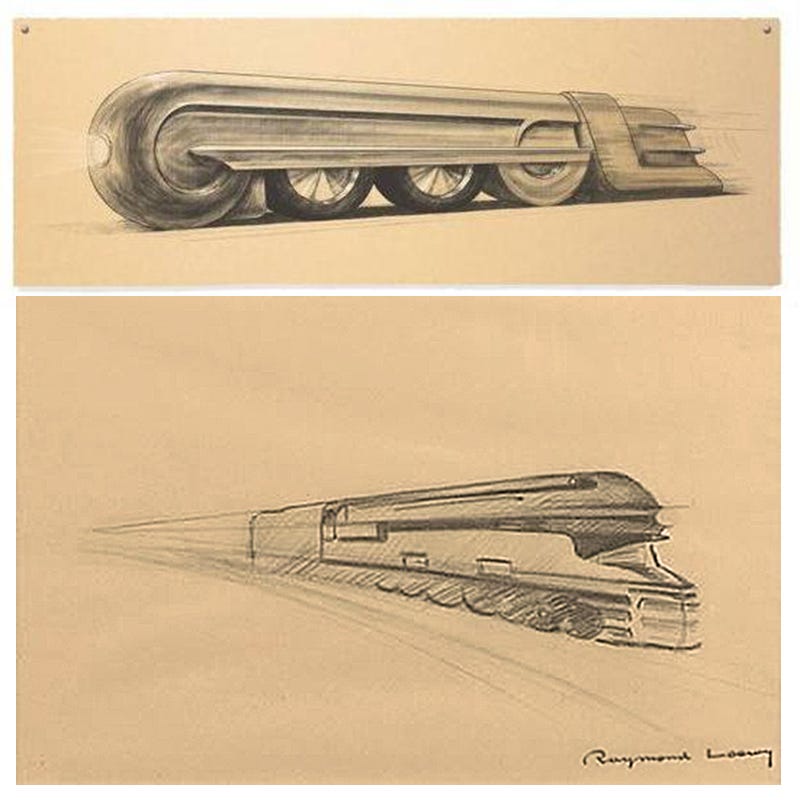
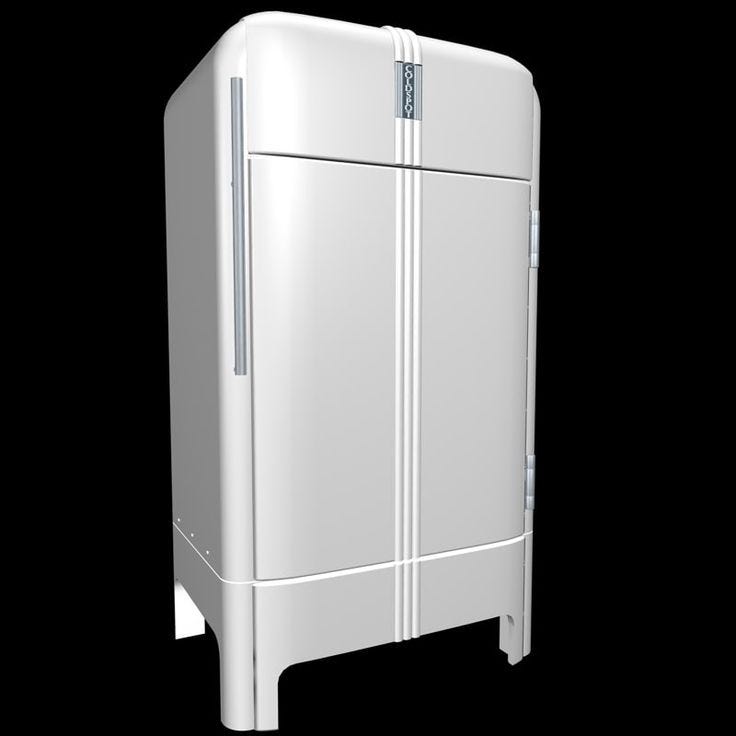

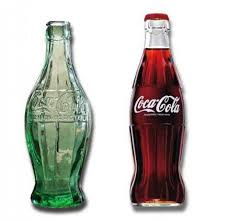
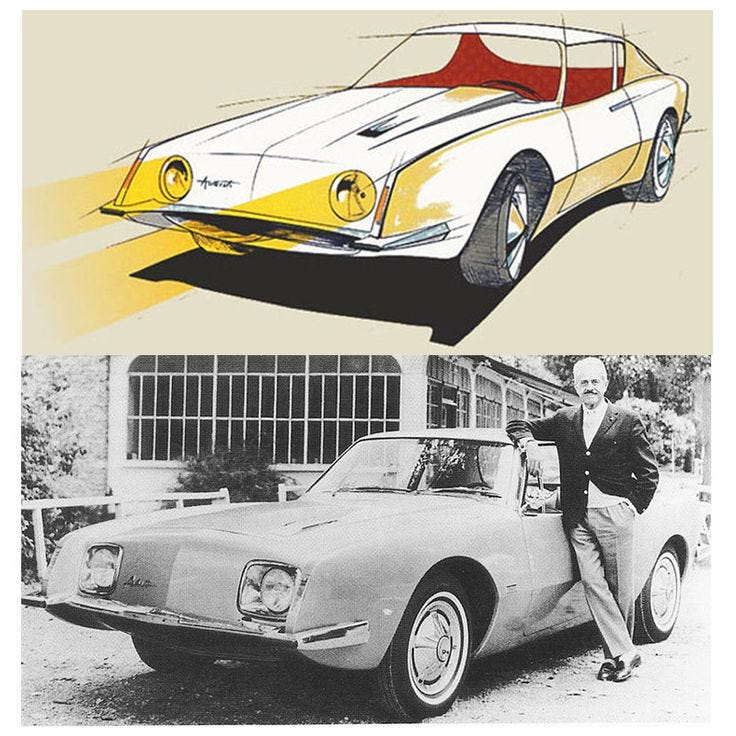

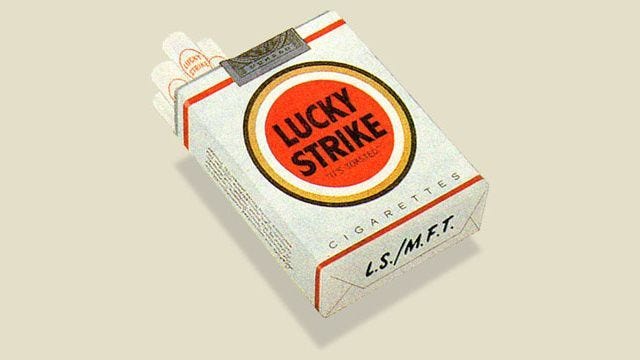
Thanks for this history lesson, so relevant today, Rob!
Absolute rockstar. Great piece, Rob.